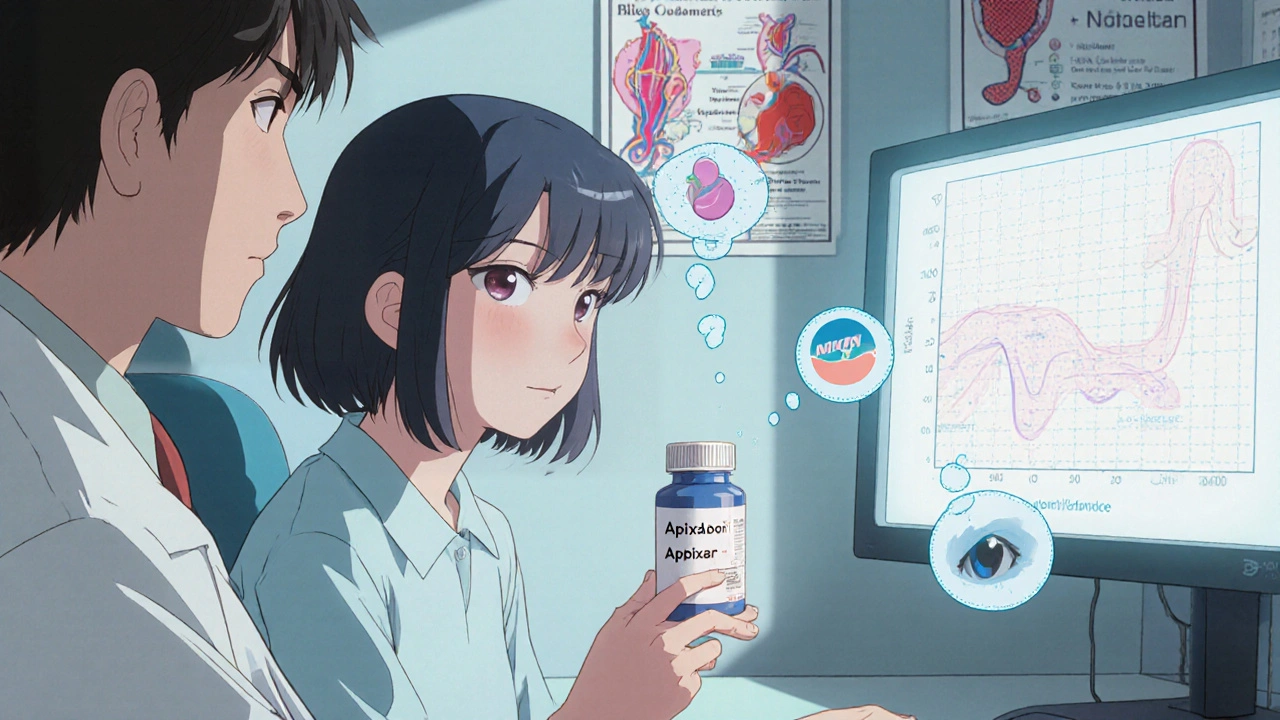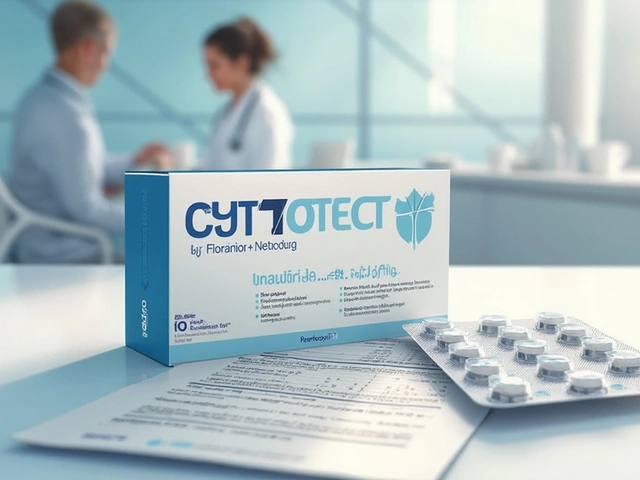Anticoagulants: What They Are, How They Work, and What You Need to Know
When your blood clots too easily, it can lead to strokes, heart attacks, or deadly pulmonary embolisms. That’s where anticoagulants, medications that slow down the blood’s clotting process to prevent dangerous clots. Also known as blood thinners, they don’t actually thin your blood—they interrupt the chemical signals that make clots form. Whether you’ve had a deep vein thrombosis, atrial fibrillation, or a mechanical heart valve, anticoagulants are often the difference between staying healthy and facing a medical emergency.
Not all anticoagulants are the same. warfarin, a long-standing anticoagulant that requires regular blood tests to monitor dosage has been around for decades. But now, direct oral anticoagulants, a newer class that works faster and doesn’t need constant lab checks like apixaban, rivaroxaban, and dabigatran are often preferred. They’re easier to use, but they’re not risk-free—some can’t be reversed quickly if you bleed, and they interact with common foods and other drugs. Even something as simple as grapefruit juice can mess with how they work, as shown in posts about drug-food interactions.
People on anticoagulants often need to balance safety with daily life. One wrong dose can cause bleeding inside the brain or gut. Too little, and a clot might form in the heart or lungs. That’s why dosing changes with age, kidney function, and other medications—like SSRIs or opioids—that can increase bleeding risk. You’ll find real-world examples in posts about elderly medication adjustments and drug interactions. Even minor things like switching from one brand to a generic version can matter, especially when precision matters as much as it does with these drugs.
Anticoagulants aren’t just for older adults. Younger people with genetic clotting disorders, those recovering from surgery, or even travelers on long flights may need them. But they’re not a one-size-fits-all solution. Some patients can’t tolerate warfarin. Others can’t afford the newer options. That’s why doctors consider alternatives, monitor side effects, and sometimes combine treatments—like using aspirin with a low-dose anticoagulant in specific cases. The posts here cover exactly these kinds of decisions: what works, what doesn’t, and why.
What you’ll see below isn’t just a list of articles—it’s a practical guide built from real patient experiences and clinical data. You’ll find comparisons between drugs, warnings about dangerous combinations, and insights into how these medications affect everything from liver function to recovery after stroke. Whether you’re on an anticoagulant, caring for someone who is, or just trying to understand why your doctor ordered a blood test, this collection gives you the clear, no-fluff facts you need to stay safe and informed.
Cosmetic Procedures and Anticoagulants: What You Need to Know About Bruising and Bleeding Risks
By Lindsey Smith On 19 Nov, 2025 Comments (9)

Learn the latest guidelines on whether to stop blood thinners before cosmetic procedures. Discover how different medications affect bruising and bleeding risks-and why stopping them can be more dangerous than keeping them.
View More




